
Lot 174
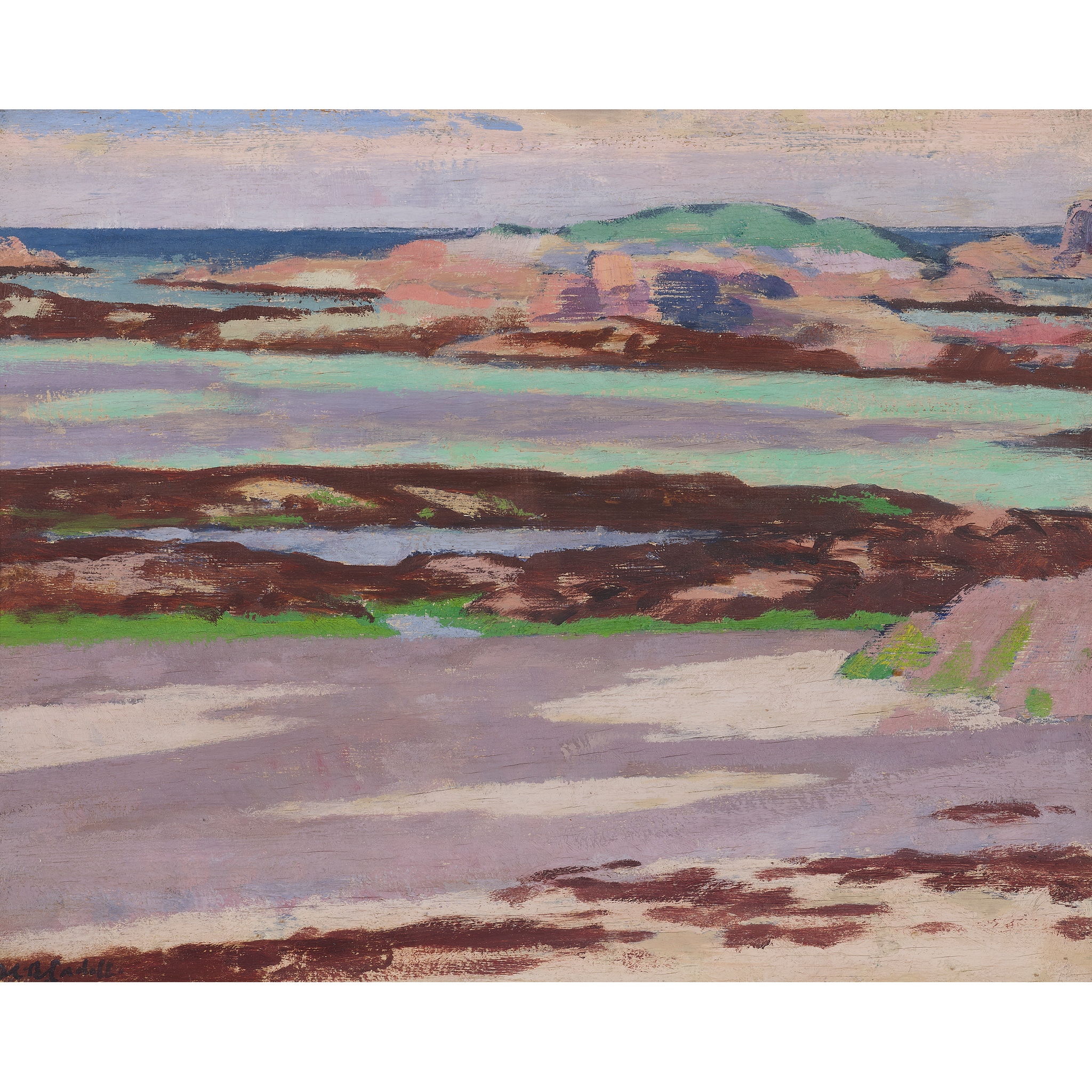
FRANCIS CAMPBELL BOILEAU CADELL R.S.A., R.S.W. (SCOTTISH 1883-1937)
THE MACHAIR BAY, IONA (BAY AT THE BACK OF THE OCEAN)


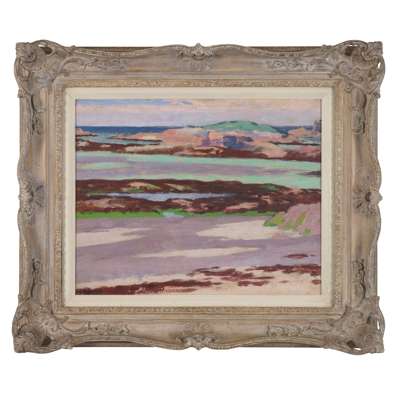


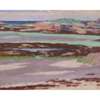
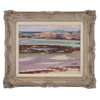
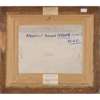
Scottish Paintings & Sculpture
Auction: Evening Sale | Lots 112- 206 | Thursday 05 June from 6pm
Description
Signed lower left, signed with initials and inscribed verso, oil on board
Dimensions
37cm x 44.5cm (14.5in x 17.5in)
Provenance
Ewan Mundy Fine Art Ltd, Glasgow, from whom acquired by the present owner in 1999
Exhibited:
Possibly Alex. Reid & Lefèvre Ltd, Glasgow, Exhibition of Paintings and Watercolour Drawings by F. C. B. Cadell, April 1927, no.25 ('The Machair Bay')
Possibly The Society of Eight, Nineteenth Exhibition, The New Gallery, Edinburgh, 1931, no.103 ('The Machair Bay', £8 8/-)
Possibly The Society of Eight, Twenty-Second Exhibition, The New Gallery, Edinburgh, 1934, no. 15 ('The Machair Bay, Iona', £12)
Literature:
Philip MacLeod Coupe, Paintings of Iona by F. C. B. Cadell and S. J. Peploe, privately published, 2014, repr.col p.201, pl.183 (as ‘Eilean nan Slat, Bay at the Back of the Ocean’)
Footnote
The Scottish Colourist F. C. B. Cadell’s love of the Hebridean island of Iona, as seen in The Machair Bay (Bay at the Back of the Ocean) was such that he painted there nearly every summer from his first visit in 1912 until at least 1933, except during the First World War.
The outstanding natural beauty of the tiny island had attracted artists in growing numbers since the mid-nineteenth century, amongst them Cadell’s friends William Caldwell Crawford, John Duncan and James Paterson. He may also have decided to venture from the West coast of the mainland and across the Sound of Iona from neighbouring Mull due to his friendship with Ivar Campbell, whose uncle, the 9th Duke of Argyll, owned the island. In his turn, Cadell introduced his fellow Scottish Colourist S. J. Peploe to the enchantments of Iona in 1920 and he too returned regularly until the 1930s.
In contrast to Peploe’s preference for the North End of the island, Cadell painted across Iona, from coastal views on the east and west, to the village and the Cathedral, to haystacks and croft buildings. The present painting depicts The Machair Bay on the west coast of Iona, which is also known as the ‘Bay at the Back of the Ocean’. As Philip MacLeod Coupe has identified, the vertical rock step at the right-hand edge of the painting is the end of Eilean Didil (see Philip MacLeod Coupe, Paintings of Iona by F. C. B. Cadell and S. J. Peploe, privately published, 2014, p.201).
This work is a classic example of Cadell’s depiction of the pristine white sand, luminous blues of the sea, fertile vegetation and varied geology of Iona, all captured under the gentle Hebridean light of the area. The eye is led from the sandy foreshore rising through the composition to the high horizon line and sun-kissed sky. Cadell enjoyed working en plein air and The Machair Bay is painted on a standard sized and easy to transport board measuring 15 x 18”, on a white gesso ground. This absorbs paint allowing the artist to work quickly, an advantage when weather conditions could vary from one moment to another and necessitating the legend inscribed by Cadell in his favourite colour of blue paint on its reverse: ‘Absorbent Ground NEVER varnish’.
As can be seen in the present work and as Jessica Christian and Charles Stiller have explained:
‘Cadell was particularly attracted by the colours of Iona. He quite often interpreted them in daring and very personal combinations of bold and intense lime or mint greens, lemons, oranges, apricots, pink and purples, which in his hands could express Iona to perfection.’ (Jessica Christian and Charles Stiller, Iona Portrayed: The Island through Artists’ Eyes 1760-1960, The New Iona Press, Inverness, 2001, p.59).
Cadell most often stayed in the cottage Cnoc cùil Phàil, overlooking the Sound half a mile north of the Cathedral. Whilst on Iona he regularly wore Highland dress and a tammy. He became a well-known and liked visitor, nicknamed ‘Himself’ and was happy to be watched whilst at work. Cadell exhibited his paintings and watercolours of Iona regularly and they remain as popular today as when they were created whilst the artist was ‘warmed by the sun, blown by the wind’, as he wrote in an unfinished poem of 1913 (Cadell papers, National Library of Scotland, Acc.11224).








